[ad_1]
Eid breakfast serves as a beautiful reminder of roots and family.
Nothing hits like breakfast on the first day of Eid Al-Fitr, after 30 days of fasting during the holy month of Ramadan. This is why many families have created their very own breakfast traditions over the years, which they enjoy after Eid prayers in the mosque.
The sentimental value behind breakfast traditions may be hidden behind the thrill of juggling preparations for an influx of guests whilst making a grand breakfast to enjoy with family and friends; often running on a few hours of sleep because its too soon to move on from their Ramadan sleep schedules.
Other times, for those who are far away from home, Eid breakfast serves as a nostalgic reminder of their roots and family, whilst for those living at home – it is often a cultural and traditional statement, as most national foods are.
The foods vary depending on each nationality, but each family tweaks their country’s dishes and breakfast spread a little to make it their own, paired with a variation of teas, coffee or karak.
Doha News spoke to its readers and compiled a list of their Eid breakfast traditions. Who knows? Maybe you’d like to adopt someone else’s dishes this year if it sounds tasty enough!
Balaleet
[Balaleet]
If you’ve been in Qatar for a while you probably have tried Balaleet. If you haven’t, then you’re definitely missing out!
This is a traditional breakfast dish popular in Qatar and the Gulf region that has a distinct sweet and salty flavour, consisting of an egg omelette with vermicelli. The sweet elements come from the spices mixed into the vermicelli. This includes sugar, cinnamon, saffron, cardamom, orange blossom water, or rose water for flavouring.
Sheer Khorma
[India Today]
Sheer Khorma is one of the most prominent desserts in Eid al-Fitr, known as a traditional festive breakfast. ‘Sheer’ is Persian for milk, and ‘Khorma’ is Persian for dates; it’s a delicious combination of sewai, dates, and milk. The consistency is similar to that of pudding, but more liquid. This simple yet delectable dessert can be served hot or cold, making it a versatile option.
The iconic dessert is Persian in origin, but it is popular across the Indian subcontinent and Central Asia. Hence, there are a few different versions of it available.
Sajiyeh
[Double 8 Cattle Co]
Think its not possible to stomach meat so early in the morning? Palestinians and Jordanians beg to differ, and for good reason!
This is their classic beef dish that’s synonymous with Eid. It’s traditionally prepared in a saj pan, which is comparable to a wok or cast-iron pan, over a wooden or charcoal grill. Cooking over an open fire adds a smoky taste, but a cast-iron pan on the stove is also acceptable. It is paired with Saj bread, which can be described as a cross between naan and flour tortillas.
Falafel
[Bayut]
Perhaps the dish you’re most familiar with is Falafel. It is a staple in every Arab household and has been gentrified by the vegetarians of the West.
Falafel are deep-fried balls prepared with ground chickpeas, broad beans, or a combination of the two, along with a distinct mix of herbs. It is usually served with hummus, pita bread, and a smooth tahini sauce.
We highly doubt it, but if you’ve never tried Falafel and wondered what it tastes like, it has a somewhat crispy texture and a deep, savoury and herbaceous flavour. This makes perfect sense considering that its base consists of various herbs and spices such as coriander, cumin, parsley, and mint, though the ingredients may vary from region to region, and from one household to the other.
Mamounieh
sweetpillarfood.com
In Aleppo, Syria, this delicious toasted semolina pudding is known to be royalty on the breakfast table.
It is made of semolina, ghee, water and sugar syrup – topped with generous amounts of sizzling pine nuts – or other types of toasted nuts – and cinnamon. The dish is then served with an array of salted white cheese and fresh bread, perfectly complimenting the sweetness of the mamounieh.
Fatayer/Manakish
[Layalina]
This is pastry that is often stuffed with either meat, spinach or cheese, such as Feta or Akkawi. Its popular across the MENA region, but is mainly considered as a part of Levantine cuisine.
Alternatively, some families, especially in the Levant, may make manakish, a flat dough topped with zaatar, cheese, or ground meat on top. It may be cut or folded like a pizza, although it’s notably smaller in size than a traditional pizza.
Shakshouka
[NYT]
Shakshouka is a Maghrebi dish that consists of poached eggs in a tomato, olive oil, peppers, onion, and garlic sauce that is usually seasoned with cumin, paprika, and cayenne pepper. The hearty dish is a regular in Arabic breakfast spreads, and for good reason. Different countries have their own modifications of the original recipe, including Qatar.
The Arabic word shakshouka stands for “mixture” in Maghrebi Arabic. The word’s exact origins are disputed, although it is thought to have originated in the language of the indigenous Amazigh people of the region, as are the names of many Maghrebi cuisines and words.
Salted fish and chermoula
[Meem Magazine]
One cannot speak of North African Eid breakfast without mentioning this iconic dish. Chermoula is a popular condiment or sauce in the region, prepared using fresh herbs like parsley and cilantro, as well as garlic, lemon, and warming spices. The sauce compliments any food, but especially fish.
Its recipes vary in the region. In Sfax, Tunisia, chermoula with salted cured fish is popular during Eid Al-Fitr, this variety of the condiment consists of a fresh, dark raisin puree mixed with cooked onions and spices like garlic, cumin, chilli, black pepper, and cinnamon.
[ad_2]
Source link


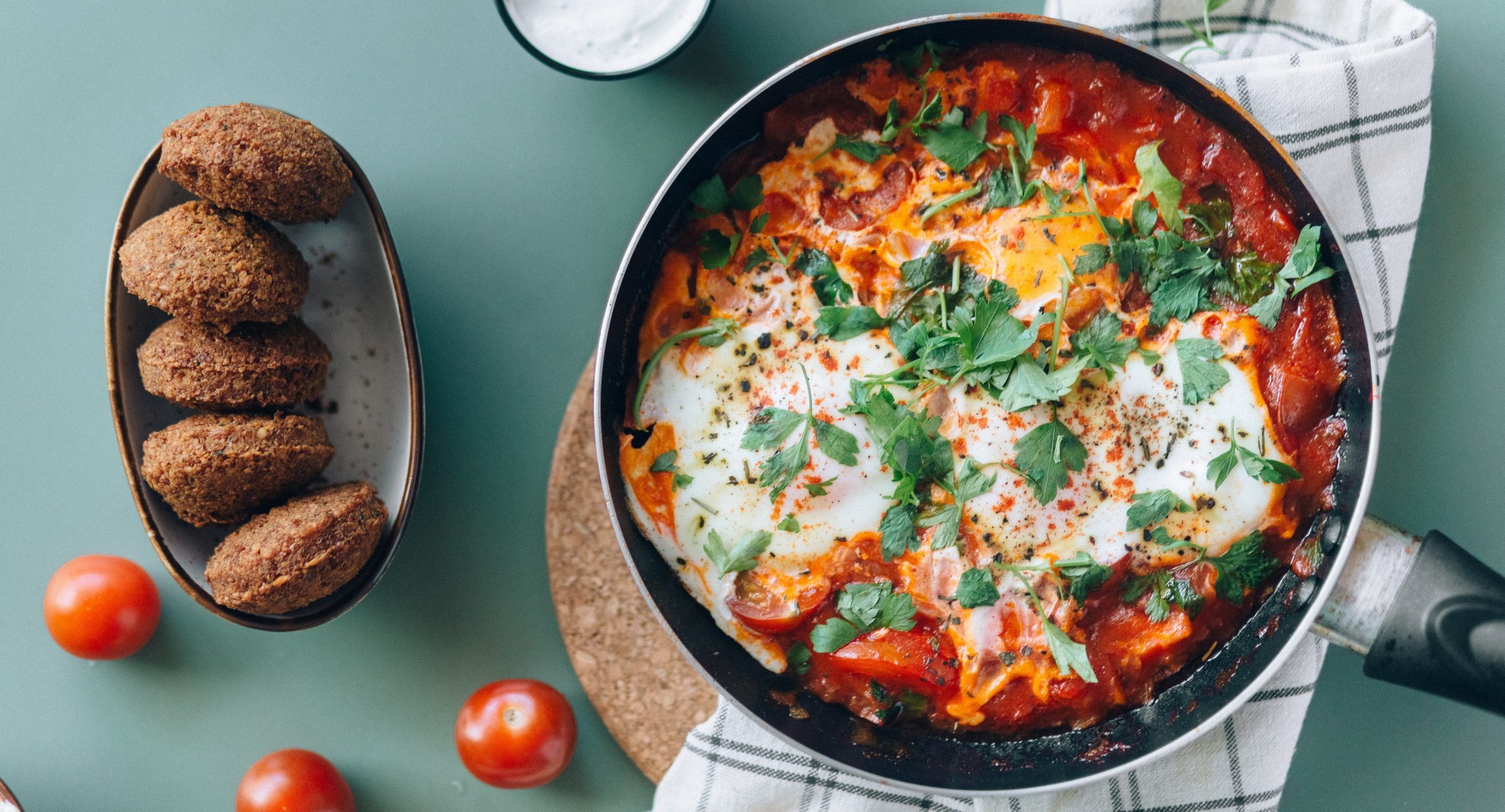
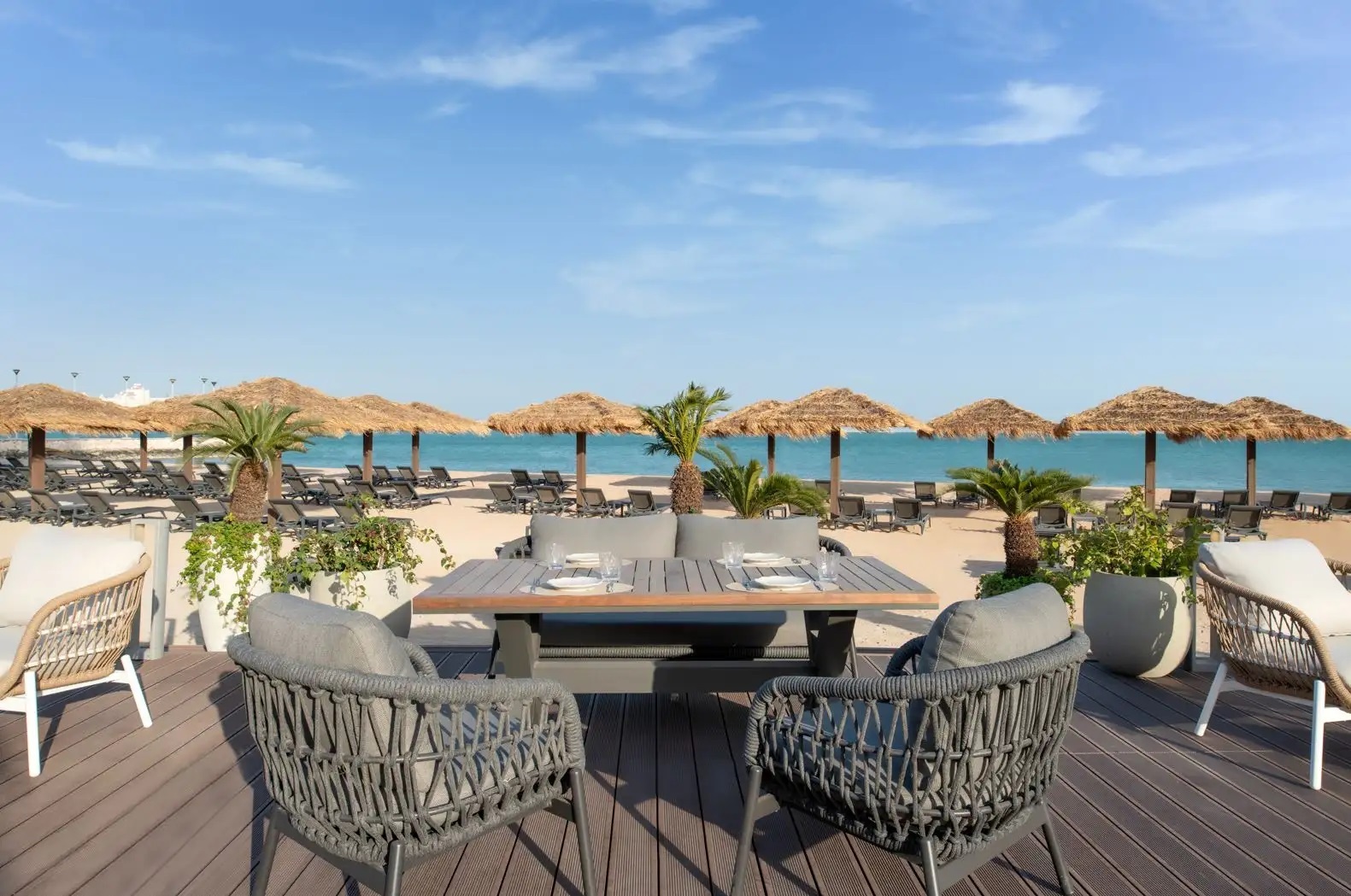

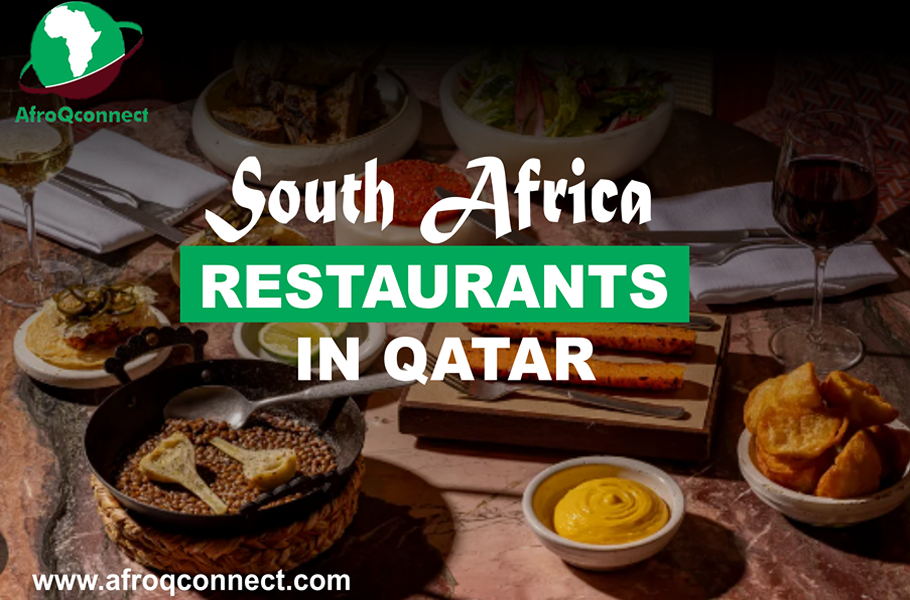
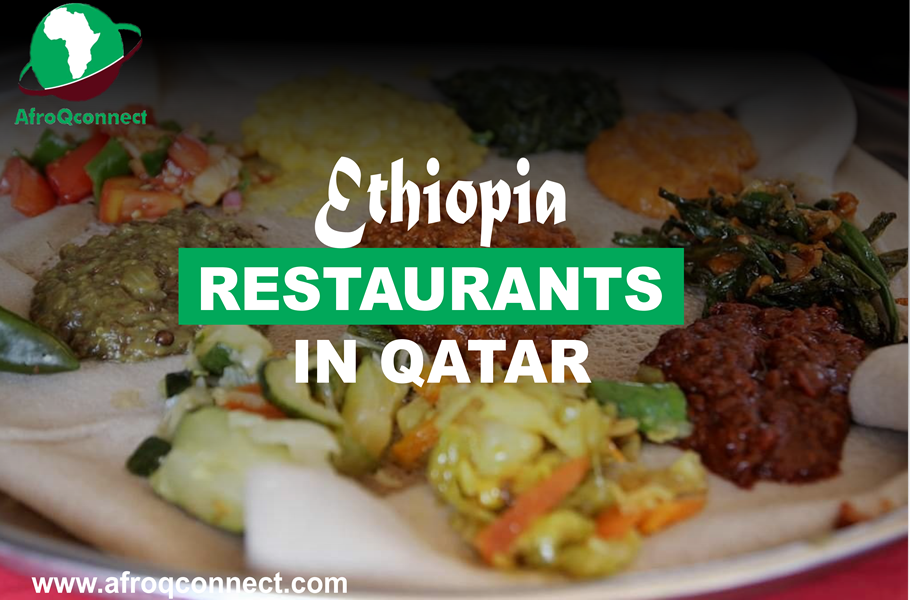
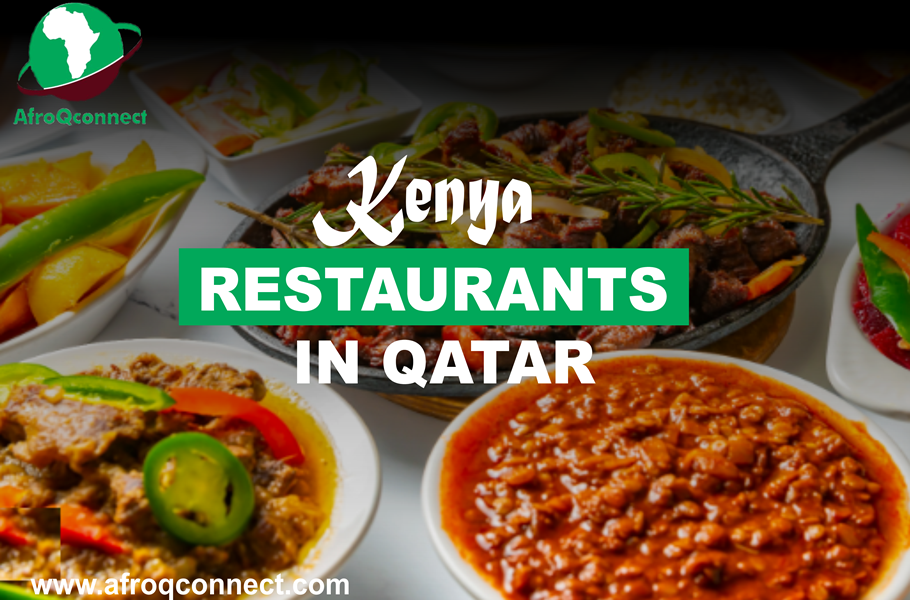
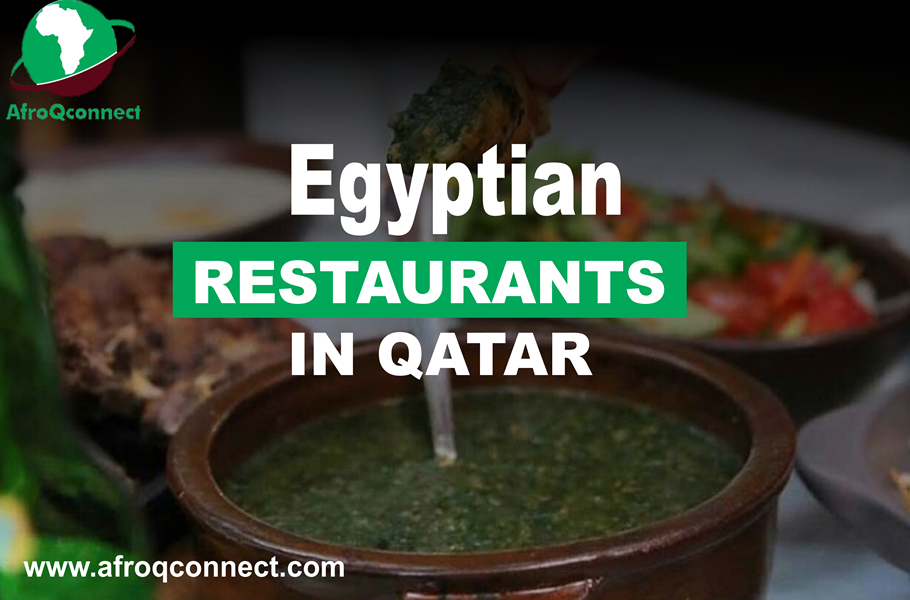
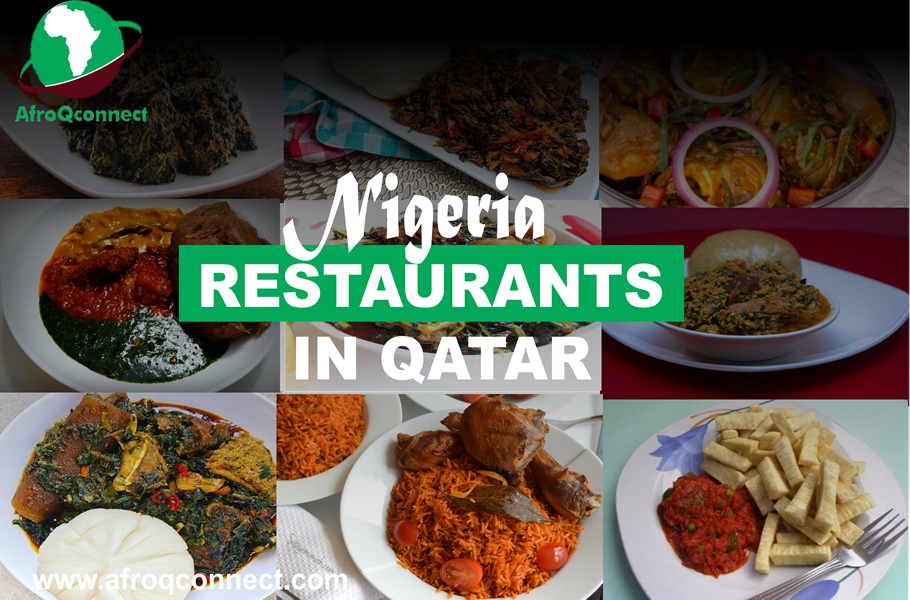
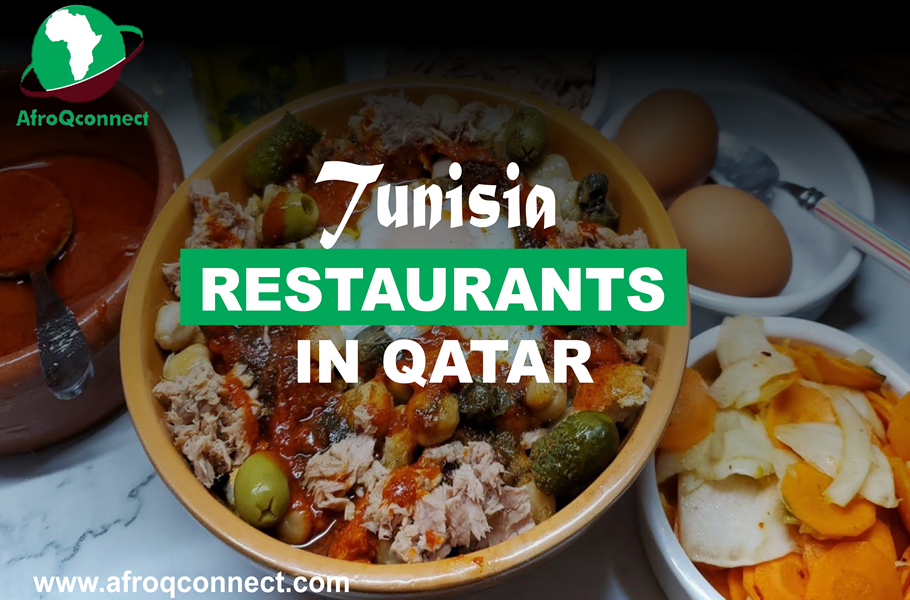

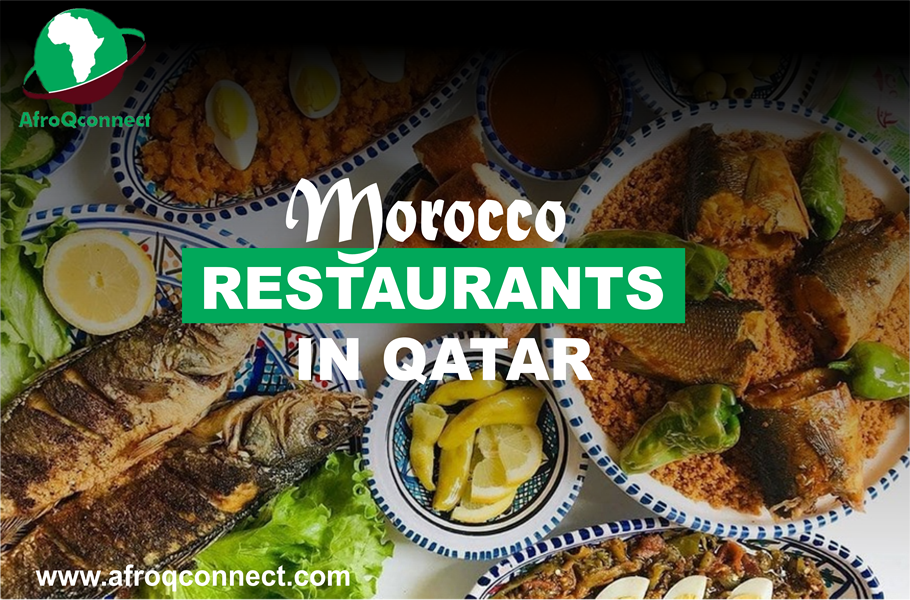




Leave a Reply